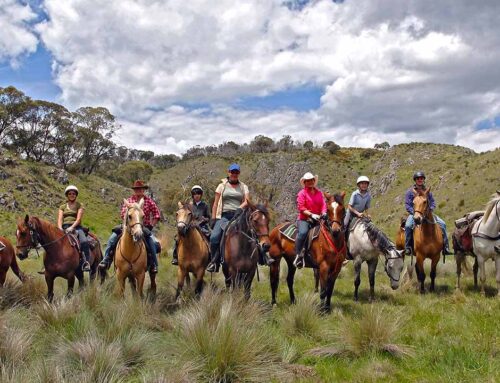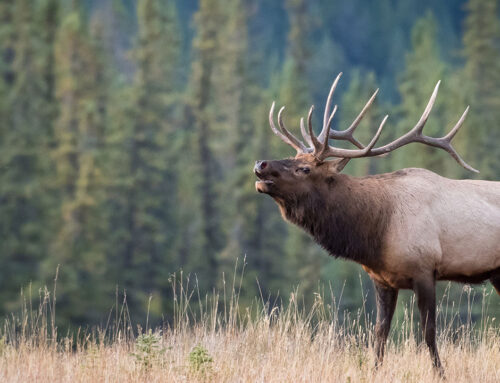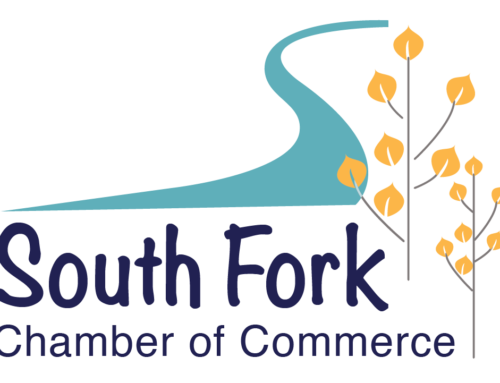Share this page
View Our Cabins
Share

South Fork Alder Ass Race
Donkeys first arrived on US soil in 1784 as a royal gift from King Charles III of Spain to George Washington. The donkeys first worked the plantations, but by the 1800s, were helping to build the American West. They were used by miners during the Gold Rush era, but by the turn of the century, many of these hearty little donkeys were abandoned. The donkeys found ways to survive the most unforgiving, yet extreme terrains around the American West. Resilient, they can feed on desert vegetation. While herds of wild burros now face the same threats today as wild horses, they are also being rounded up and domesticated. After being gentled and trained, many who run their donkeys find that the running activities are quite therapeutic and offer a great outlet for rehabilitating once wild and/or feral donkeys.
“Burro” is the Spanish word for small donkey. However, many different sized donkeys from mini to mammoth can race in a Pack Burro Race and are interchangeably called “burro.” They only have chestnuts on the forelegs, while animals of the same equine family, such as mules (a hybrid cross between a donkey and horse) or horses, have these chestnuts on the hind and forelegs. The tail of a donkey has shorter hair, except on its lower part, which has a brush. Only a burro/donkey is allowed to run in a Pack Burro Race as we do nothing half-assed.
A Unique Sport. We run with our burros. There’s no riding in this sport. This is NOT just a foot race. Even the fastest racer can be humbled by his running partner—equus asinus. If you’re up to the challenge or just want to have fun watching, check out their website.


























